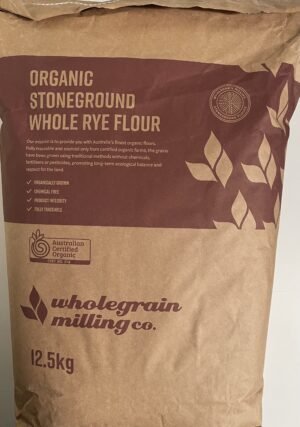Baking bread at home is a passion and art form for many. Achieving that perfect crust and artisan appearance often hinges on one tool that may surprise some: the razor blade.
However, using razor blades for bread requires a blend of technique and safety to ensure that your baked goods don’t just taste divine but also look professionally crafted.
Discover more about: Bread Starter Kit: Your First Step Towards Homemade Bakery.
Table of Content
Understanding the Importance of Razor Blades for Bread
When we talk about razor blades for bread, we’re discussing the practice of scoring. Scoring is the method by which bakers create those lovely patterns and slashes on the surface of their bread.
These aren’t merely decorative; they serve an essential purpose. As bread bakes, it releases gas. If there isn’t a designated place for that gas to escape, your bread might crack in unexpected places. Razor blades for bread give the baker control over this process, ensuring even baking and preventing unsightly cracks.
The precision of razor blades for bread is unparalleled. Their sharpness allows for clean, defined cuts that might be harder to achieve with duller or thicker instruments. Hence, to make the most of this tool and the scoring process, understanding the “Razor Blades for Bread: Tips for Proper Use” is crucial.
Mastering the Technique with Razor Blades for Bread
The act of scoring using razor blades for bread might seem simple, but the depth, angle, and even the speed at which you score can greatly affect the end result. When you make an incision on your dough, be swift but gentle. The blade should slide across the dough’s surface smoothly, without pulling or dragging.
For most bread varieties, like baguettes or boules, the ideal depth of a score is about a quarter of an inch. This depth allows the bread to open up beautifully in the oven, revealing those coveted “ears” or ridges on the crust. If you’re working with wetter doughs or those with higher hydration, you might find that a slightly deeper score is more effective.
The angle of your razor blade also matters. A more vertical incision, where the blade is almost perpendicular to the dough, will result in a more pronounced “ear”. On the other hand, a shallower angle, closer to the dough’s surface, will give a more straightforward and less pronounced opening.
One aspect of using razor blades for bread that cannot be emphasized enough is safety. These blades are incredibly sharp and should be handled with care. Store them in a designated spot, away from children, and always be aware of their position on your work surface.
Razor blades for bread are more than just a tool; they are an extension of the baker’s hand, allowing for both functional and artistic expression. By mastering “Razor Blades for Bread: Tips for Proper Use”, you not only ensure a visually pleasing loaf but also influence its texture and crust characteristics.
So, the next time you’re preparing to bake, remember the significance of the humble razor blade. Its role in the world of artisan bread-making is profound, turning an everyday loaf into a masterpiece of taste and visual appeal.






